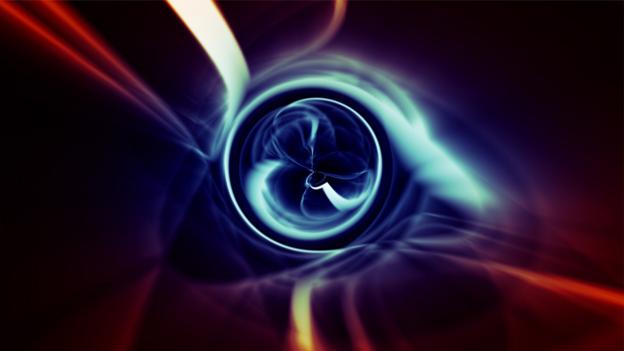It might seem like an absurd idea, but physicists have long pondered whether black holes could one day be tapped for energy, says Phil Ball.
Imagine the scene: highly advanced civilisations get enormous amounts of energy from black holes, be it extracting it from collapsed stars or making artificial mini-holes that power spaceships. How feasible might it actually be to tap these cosmic behemoths for power one day? Clearly, it's far, far beyond current technology – but pesky details like physical restrictions haven’t stopped theoretical physicists from exploring the question.
Black holes are stars that have burnt out and collapsed under their own gravity to an infinitesimally small point in space – a singularity. Inside the so-called event horizon, even light is trapped by a huge gravitational pull. So black holes were once thought of as barren plugholes, where nothing could escape – as energy drains rather than energy sources.
But that view evolved once Stephen Hawking and others brought quantum physics into the mix. Hawking showed in the 1970s that black holes should emit energy from their boundaries in the form of radiation produced by quantum fluctuations of empty space itself. Eventually the black hole radiates itself away – it evaporates.
This radiation is emitted very slowly, however. Might it be possible to induce a black hole to release all its Hawking radiation sooner, so that in effect it becomes like a ball of fuel? That’s not idle or quasi-magical speculation, for physicists have believed for at least 30 years that it might be possible.

Ei kommentteja:
Lähetä kommentti